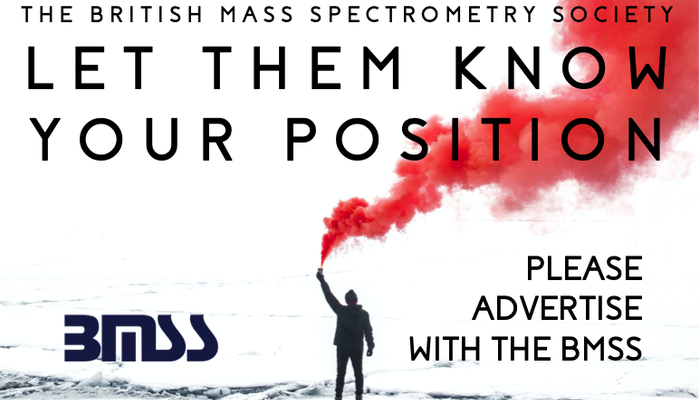Prof. Simon Gaskell is awarded the Aston Medal
26th Oct 2025

The Aston Medal was established by the British Mass Spectrometry Society in 1987 as the Society's prestigious scientific award, to be given to individuals deserving special recognition by reason of their outstanding contributions to knowledge in the biological, chemical, engineering, mathematical, medical or physical sciences relating directly to mass spectrometry.
The medal takes the name of one of Britain's founders of mass spectrometry, Francis William Aston who received the Nobel Prize in Chemistry 1922 for his discovery "by means of his mass spectrograph, of isotopes, in a large number of non-radioactive elements, and for his enunciation of the whole-number rule".
Professor Simon Gaskell started his career in mass spectrometry (MS) during his PhD at the University of Bristol. Under the tutelage of Professor Geoffrey Eglinton FRS, Simon applied MS to the area of organic geochemistry. Simon’s academic talent was immediately apparent with many papers emerging from his research, including a first author Nature paper – a rare achievement for a PhD student! In total, Professors Gaskell and Eglinton published ten papers together during their careers.
Following his PhD, Simon embarked upon post-doctoral research in the laboratory of Professor Charles Brooks at the University of Glasgow. Here Simon broadened his knowledge of MS and took his first forays into the area of biological research – a theme that would persist throughout his career. It proved to be another productive period in his career with 11 papers (nine first-author) in a five-year period, all focused on the analysis of steroids and lipids using gas chromatography-mass spectrometry (GC-MS).
From Scotland, Simon moved to Wales and took up the role as head of the MS unit at the Tenovus Institute for Cancer Research (at the Welsh National School of Medicine, later the University of Wales College of Medicine, Cardiff), where he continued his interest in steroid analysis by MS, as well as publishing several methods for the measurement of the oncology drug tamoxifen in biological matrices. During this time, Simon spent a year’s sabbatical at the National Institute of Environmental Health Sciences in the Research Triangle Park in North Carolina, USA. He returned to the USA in 1987, taking up the role of Professor of Experimental Medicine at the Baylor College of Medicine in Houston (as well as Adjunct Professor of Pharmacology and Chemistry at the University of Houston from 1989).
It was at the Baylor College of Medicine that Simon’s interest in peptide analysis began, which proved to be the starting point of arguably his greatest contribution to the field of MS. Frequently employing the fast atom bombardment (FAB) ionisation technique developed by Professor Michael Barber at the University of Manchester Institute of Science and Technology (UMIST), Simon published many papers on the fragmentation of peptides, with a seminal contribution being the work that, in parallel to Professor Vicki Wysocki’s laboratory, was foundational in the development of the “mobile proton model” of peptide dissociation (Burlet et al., 1992, J. Am. Soc. Mass Spectrom., 3, 337-344). In 2009, Simon shared the ASMS’s Distinguished Contribution to Mass Spectrometry award with Professor Wysocki for their contributions to understanding peptide fragmentation.
In 1993 Professor Gaskell returned to the UK, joining UMIST as Professor of Mass Spectrometry and head of the Michael Barber Centre for Mass Spectrometry, named after the inventor of the FAB ionisation technique that Simon had used extensively in his early research on peptide analysis in the USA. He applied his laboratory’s cutting-edge research in MS to answer questions in the biological and biomedical sciences during his time in Manchester. Simon’s most frequent collaborator in his career was Professor Rob Beynon (another precocious scientist who published a first-author Nature paper during his PhD), whom he met whilst they were both professors at UMIST. Together they published 27 papers, including seven “citation classics” (>100 citations). Their most cited work, with over 400 citations to date, was the report of the QconCAT method for generated labelled peptide standards for absolute quantification, which is now widely used in the field of proteomics.
Professor Gaskell has had a significant career in mass spectrometry. He has published over 285 papers with more than 17,780 citations that is a testament to that fact, along with the scores of PhD students and post-doctoral researchers he has mentored and who have gone on to make their own significant contributions to the field of MS across the world.

